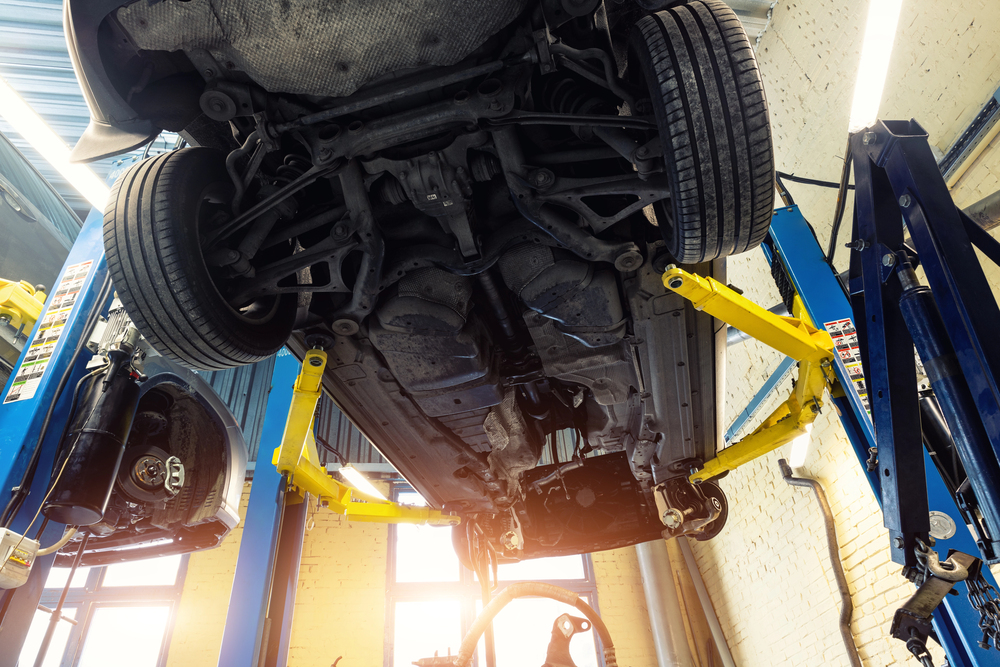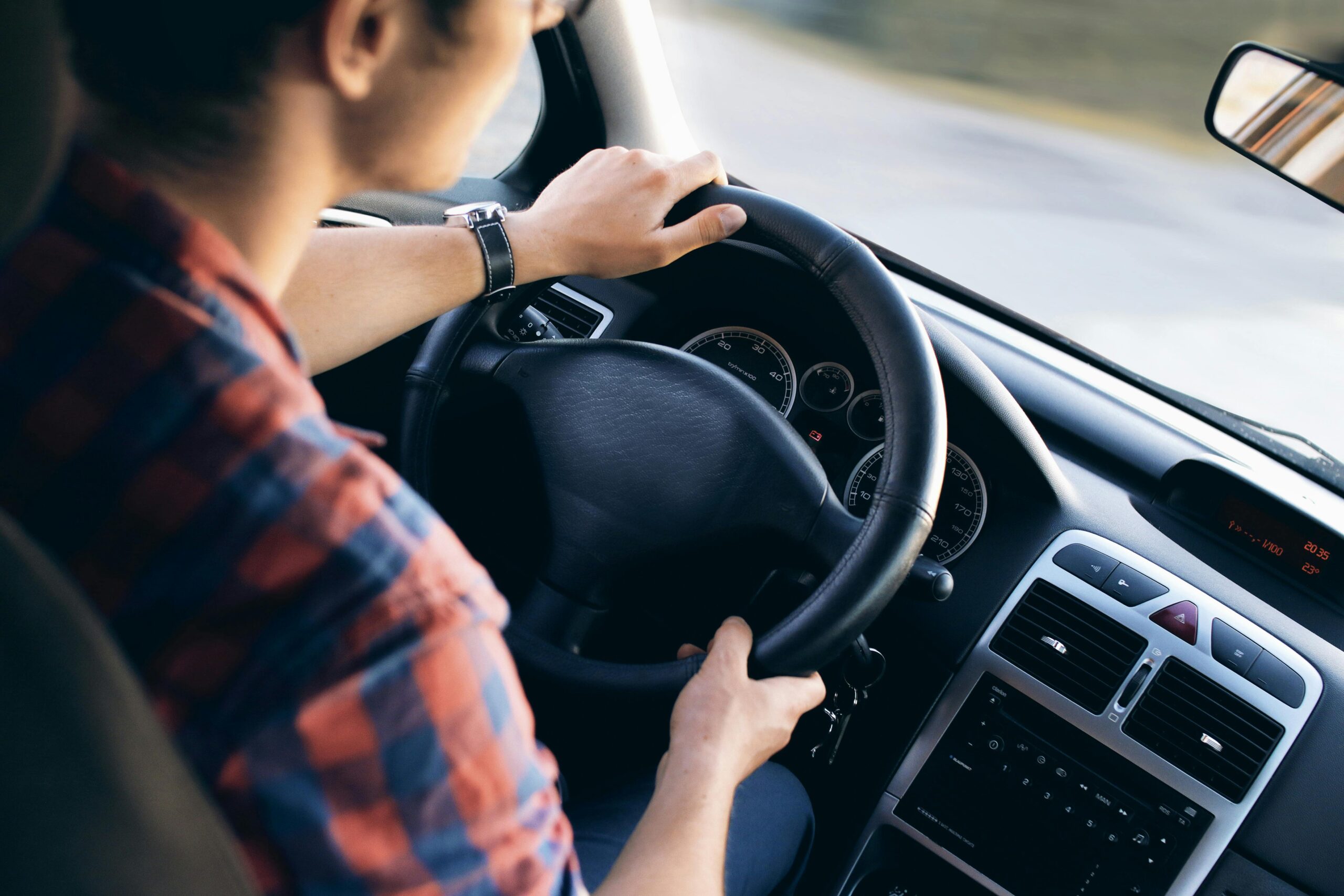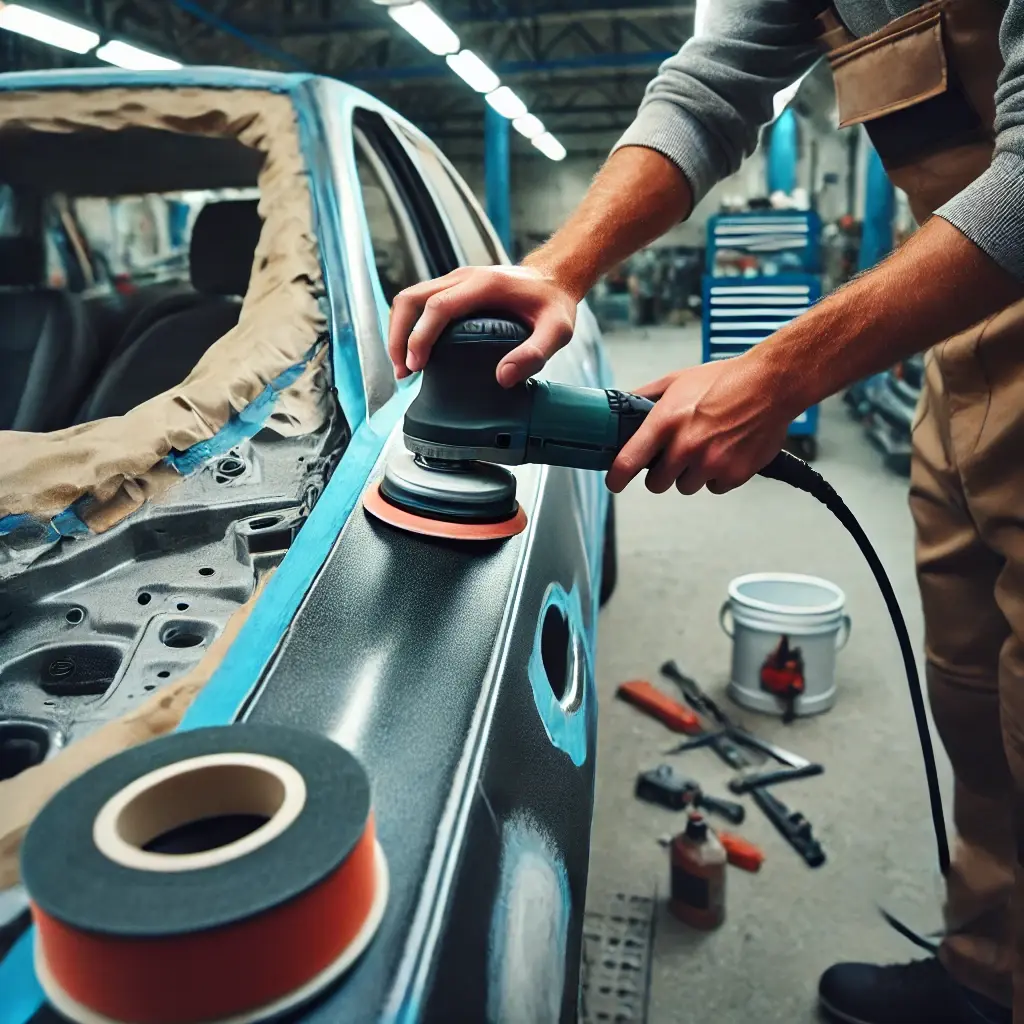When a vehicle is involved in an accident, even seemingly minor damage can impact its structural integrity. Ensuring that the frame is properly aligned is crucial for safety, performance, and longevity. That’s where laser measuring technology comes into play. This advanced system provides precise measurements to identify frame misalignment and guide technicians in restoring the vehicle to factory specifications. Today, we are going to explain laser measuring technology, so you know exactly what it is and does.
Key Takeaways
- Laser measuring technology plays a crucial role in auto collision repair by providing precise digital measurements to detect frame misalignment.
- Laser measuring helps ensure structural integrity, improving safety by restoring the vehicle’s ability to absorb impact during future accidents.
- Such technology also ensures accurate repairs, reducing human error and minimizing repair time, leading to faster turnaround times.
What is Laser Measuring Technology?
A laser is a concentrated beam of light. Laser measuring systems use highly accurate sensors and beams to assess a vehicle’s frame and structure. These systems compare the current condition of the frame to manufacturer specifications, detecting even the slightest deviations. Unlike traditional measuring methods, which rely on manual tools, laser systems provide digital readings that eliminate guesswork and improve accuracy.
How Does Laser Measuring Work?
Now that you know what laser measuring is, let’s discuss how automotive repair technicians use it to do repairs:
1. Initial Assessment
The vehicle is placed on a frame machine, and reference points are established using laser sensors. These sensors create a digital map of the vehicle’s current frame structure.
2. Measurement Analysis
The system scans the entire structure, collecting thousands of data points that provide a detailed view of any frame distortions. This data is used to detect even minor deviations that may not be visible to the naked eye.
3. Comparison to Factory Specifications
The collected data is matched against manufacturer blueprints to determine the necessary corrections. Advanced software analyzes the measurements and highlights specific areas that require adjustments.
4. Frame Realignment
Technicians use specialized hydraulic and computerized frame machines to apply precise amounts of pressure to adjust misaligned sections. This process ensures that the vehicle’s structure is restored to exact factory tolerances.
5. Final Verification
A secondary scan confirms that all structural repairs meet industry and safety standards. The final report is reviewed to ensure that the frame is fully restored before reassembling the vehicle.
Why Does Laser Measuring Matter in Auto Collision Repair in South Jersey
Aside from providing accuracy during the repair process, laser measuring has other benefits. Here is a look at some of the things laser measuring can do when utilized:
1. Structural Integrity
A misaligned frame isn’t just an aesthetic issue—it can directly affect the safety of your vehicle. A poorly aligned frame can compromise your vehicle’s ability to absorb impact during future accidents, putting both you and your passengers at serious risk. Laser measuring ensures the frame is accurately realigned to its original specifications, maintaining the vehicle’s essential safety features and structural integrity.
2. Driving Performance
Improper frame alignment can cause issues such as uneven tire wear, poor handling, and suspension problems. Precision measuring ensures the vehicle operates as intended.
3. Improves Repair Accuracy
Traditional measurements taken by humans are prone to error. When such errors occur, the mistakes are costly and the repairs subpar. To avoid that, technicians at reliable auto body repair shops have turned to laser measuring, which provides accurate and consistent measurements. This ensures that every repair is performed to the highest standards, leaving you with a vehicle that’s properly restored and fully functional.
4. Reduces Repair Time
By pinpointing structural issues quickly and accurately, laser measuring minimizes the time spent on diagnosis and adjustments, leading to faster turnaround times for customers.
5. Preserves Vehicle Value
Proper frame alignment helps maintain a vehicle’s resale value by ensuring it meets safety and performance standards. A poorly aligned frame can lead to ongoing mechanical issues that lower the car’s worth.
Get Precision Repairs from a South Jersey Collision Repair Center
Laser measuring is a technology that makes all the difference in the repair process. Not only does laser measuring increase accuracy, it also makes restoring your vehicle to pre-accident condition more possible than ever before.
At Elmer’s Auto Body, we understand the importance of getting your vehicle back to its pre-accident condition. With convenient locations in Sewell, Mt. Ephraim, and Medford, we proudly serve the South Jersey community, providing reliable and efficient collision repair services.
Don’t let a car accident disrupt your life—trust the professionals at Elmer’s Auto Body to restore your vehicle to its optimal condition. Contact us today to schedule an appointment and see the difference quality craftsmanship can make. Let us help you get back on the road with confidence!







